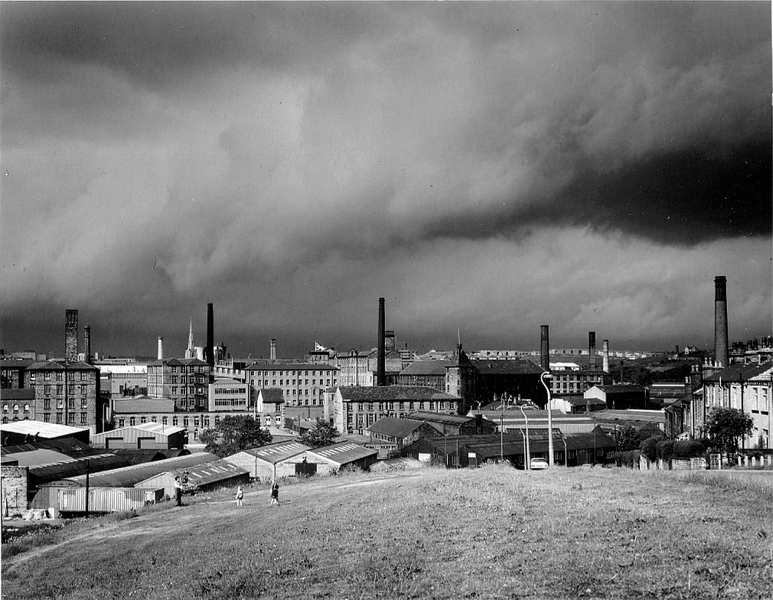The Age Of Industrialisation CBSE Class 10 History Solutions
The Age Of Industrialisation NCERT Class 10 History Solutions
Question-1
d) The East India Company appointed gomasthas to supervise weavers in India.
Solution:
a) women workers in Britain attacked the Spinning Jenny because it could spin many spindles in one wheel. This increased the productivity. The increase in productivity means decrease in employment. So the women who feared unemployment attacked and destroyed the spinning Jenny.
b) In the urban areas the trade and commerce guild controlled the market, raw material, employees and the production of goods. The merchants found this cumbersome. So, they began employing peasants and artisans within the villages.
c) As the Bombay port was developed by the European colonies, during the later half of the 18th century, activity in the Surut port began to decline. Consequently sea trade from Surat declined.
d) The East India Company in India wanted to have trade monopoly over cotton production. The company did not want the Indian weavers to supply their cotton products to other European companies. So, it appointed gomasthas, who were loyal to the company, to supervise the weavers and ensure that they did not supply to others. They gave the weavers advance loans to tie them down to the company.
Question-2
Explain what is meant by proto-Industrialisation.
Solution:
‘Proto’, means the first or early form of something. Before the Industrial Revolution, goods were produced for the International market in a large scale. These goods were not produced in factories with modern machinery. These goods wee produced by hand labour in cottages in villages. This period of industrialisation is called ‘proto-industrialisation’.
Question-3
Why did some Industrialists in nineteenth-century Europe prefer hand labour over machines?
Solution:
Some Industrialists in the 19th century Europe preferred to use hand labour as machines were costly, ineffective, hard to repair and needed capital investment. More over labour was available at low wages.
The British aristocrats preferred a wide variety of designs and intricate work in their textiles. They also preferred specific colours and sizes. All this was possible only if the cloth was hand made. So some industrialists in nineteenth-century Europe prefer hand labour over machines.
Question-4
How did the East India Company procure regular supplies of cotton and silk textiles from Indian weavers?
Solution:
The East India Company gave advance loans to the weavers, to buy raw material. This made the weavers indebted to the company and they could not supply their goods to other companies. The East India Company also employed gomasthas, who were loyal to them, and ensured that the weavers in the villages did not turn else where for work. These gomasthas also supervised the production of cotton. Thus the East India Company was able to procure regular supplies of cotton and silk textiles from the Indian weavers.
Question-5
Imagine that you have been asked to write an article for an encyclopaedia on Britain and the history of cotton. Write your piece using information from the entire chapter.
Solution:
Britain had total control over the trade of raw cotton and cotton fabrics. It had established markets all over its colonies by selling the Manchester made cotton fabrics, which were cheaper than the hand-made fabrics.
Britain was able to make huge profits in cotton trade as it monopolised the international market.
The East India Company also monopolised the cotton trade in India and ensured that the Indian weavers did not supply to other European countries by giving them advance loans and appointing local gomasthas. So Britain had a steady supply of cotton from the Indian weavers which it sold in the international market for a very high price.
Within England, the industrial growth began with the development of the cotton mills.
Thus, Britain enjoyed a good position in the world economy for over five centuries because of its control over the cotton market.
Question-6
Why did Industrial production in India increase during the First World War?
Solution:
India witnessed increased industrial production during the First World War, as Britain which was pre occupied with war-time production needs, stopped flooding the Indian market with its goods.
This provided the Indian manufacturers a good opportunity to fill the Indian market with its goods. Therefore industrial production increased during the First World War.
Unable to meet the war time needs, the British turned to Indian manufacturers to supply goods. Jute bags, army uniforms, tents, leather boots and horse saddles were in great demand. This demand also helped the Indian industrialist to increase production.
The demand ensured that many new factories were set up and more people were employed. The Indian Industry boomed during the First World War.

History
More Resources for CBSE Class 10:
Lakhmir Singh Class 10 Physics
Lakhmir Singh Class 10 Biology
Lakhmir Singh Class 10 Chemistry